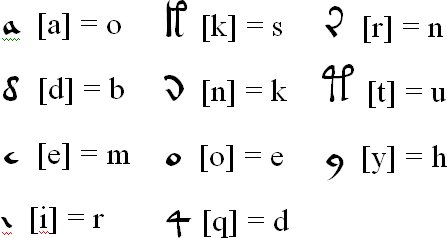Technically, I shouldn’t disclose that I was ever a member: but here’s the letter I received today kicking me out of the IR Guild:-
Dear Mr Pelling,
I am sorry to inform you that the Independent Researcher Guild’s Ethics and Behaviour Committee has recommended your honorary guild membership be withdrawn. The specific grounds cited are:-
- Treating facts as “useful stepping stones towards the truth“. This is wholly incompatible with Guild Article #2, which explicitly states that facts are to be viewed as “politically motivated deceptions designed to hide doubts“.
- Attempting to frame “research questions“. While it is acceptable for Guild members to grandstand using scientific-sounding phrases (particularly in TV interviews), actual use of the scientific method is expressly prohibited under Articles #18 and #19.
- Trying to actively falsify parallel research hypotheses, particularly those of fellow Guild Members. The committee suggests you meditate further upon the Guild’s founding principle of The Cornucopia of Truths: that history only makes sense as a church broad enough to accommodate everyone’s individual truth.
- Your reaching out to mainstream academics is plainly wrong-headed: their primary responsibility – even in the postmodernist wing – is to close down debate, the diametric opposite of what the IRG stands for.
- Preferring probability and human judgment over possibility – really, you should be fully aware that, as Guild Article #7 clearly states, probability is the primary tool used by academics to forcefully silence historical dissenters such as us. This is the line in the sand we draw to separate Them from Us: it seems that you are now on Their side.
- Finally: the committee notes that your proposing a bourgeois (even, dare we say it, ‘middle class’) reading of a mystery object (and with no heresy and no centuries-long political conspiracy behind it) is just plain ludicrous. ‘Lone gunmen’ should be the subjects of our collective derision, not of our individual research.
You now have 7 (seven) days to remove all the IRG logos and graphic devices concealed in your website graphics. Your invitation to our 2010 secret conference in Aldwych Underground Station has also been withdrawn. Your ability to use the IR Guild’s copyrighted phrase “independent researcher” in conjunction with your name has also been revoked. We now suggest you look to Academe for accreditation: certainly, you are no longer welcome here.
Yours in equal parts sadness and annoyance,
<scrawly signature>
Senior Membership Services Manager
Independent Researcher Guild
Honestly, could my year have got off to a worse start? I think not! 🙁

